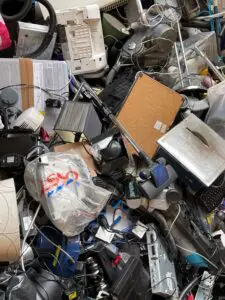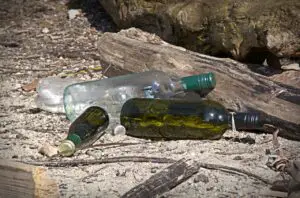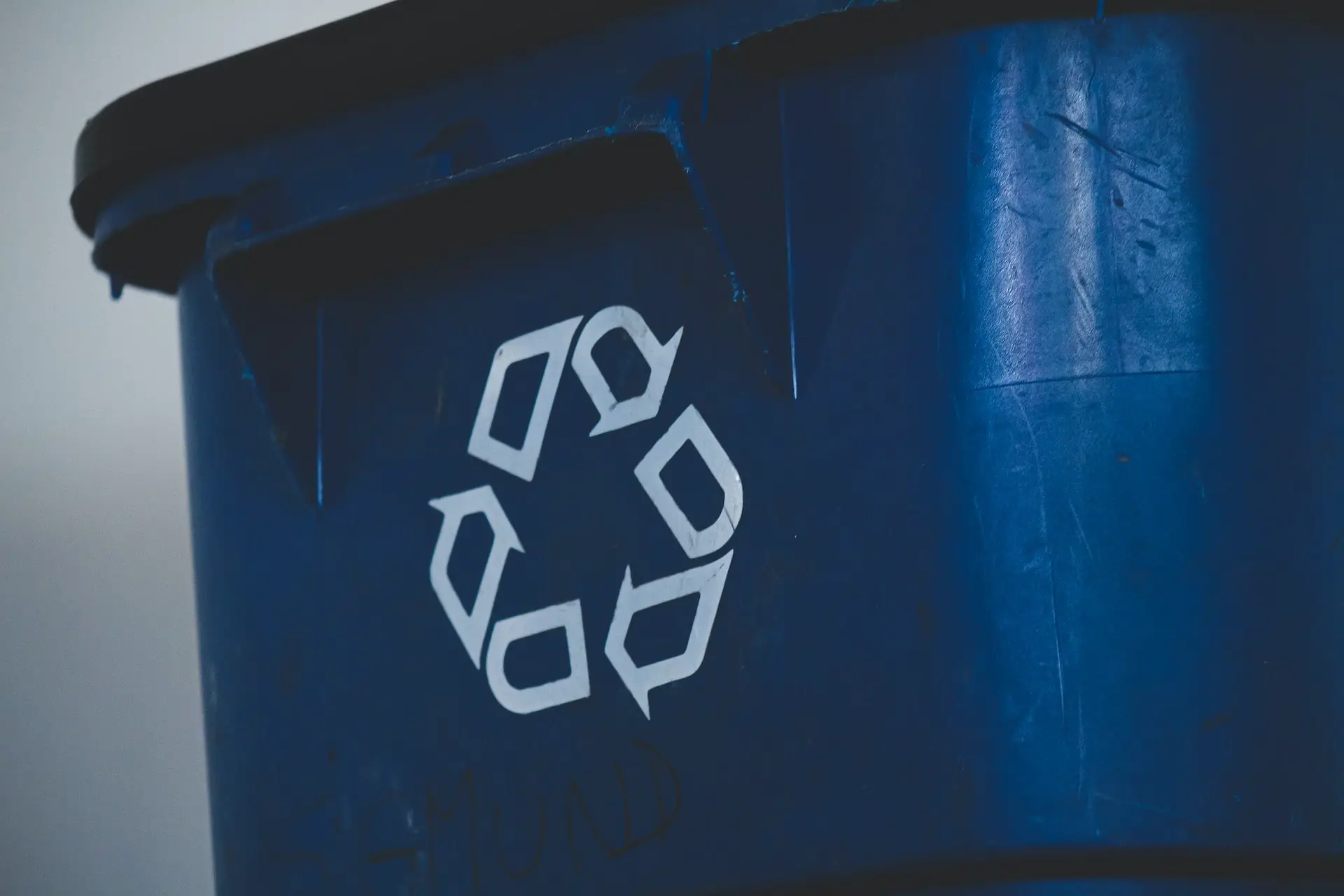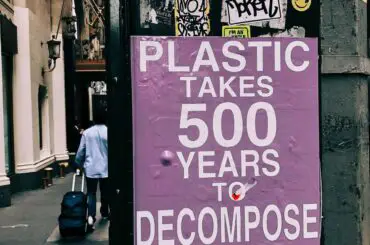Recycling has become an increasingly important practice in our modern world. As environmental concerns continue to grow, it is crucial for individuals to take action and make sustainable choices in their everyday lives. One impactful way to contribute to a greener future is by recycling at home. By participating in recycling efforts within the comfort of our own households, we can make a positive impact on the environment and help conserve valuable resources.
The importance of recycling at home cannot be overstated. Every day, countless tons of waste is generated, which end up in landfills, polluting our soil, water, and air. By recycling, we divert materials from these landfills and give them a new life, reducing the strain on natural resources and minimizing the environmental damage caused by the extraction and production of new materials.
The benefits of recycling for the environment are extensive. When we recycle, we conserve energy and reduce greenhouse gas emissions. The manufacturing of products from recycled materials requires less energy compared to producing them from raw materials. Recycling also helps to decrease the need for extracting and processing virgin resources, which can lead to habitat destruction, deforestation, and water pollution. Additionally, by recycling, we can reduce the amount of waste sent to landfills, allowing us to make better use of limited space and mitigate the risks associated with improper waste disposal.
As we embark on the journey of recycling at home, we have the power to make a significant impact. Through our collective efforts, we can foster a culture of sustainability and responsible consumption. By understanding the importance of recycling and the benefits it offers to our environment, we can take the first step towards creating a more sustainable future for ourselves and future generations. In the following sections, we will explore practical ways to recycle at home, empowering individuals to make a positive difference in their daily lives.
Contents
 Understanding Your Local Recycling Program
Understanding Your Local Recycling Program
To effectively recycle at home, it is essential to familiarize yourself with your local recycling guidelines and regulations. Each community may have specific rules and accepted materials for recycling. Here are two important steps to help you understand your local recycling program:
- Researching local recycling guidelines and regulations: Start by researching the recycling guidelines and regulations specific to your area. Visit your local government’s website or contact your municipal waste management authority to access information about recycling in your community. Look for resources that provide comprehensive details about what can be recycled, how to prepare recyclables, and any specific guidelines to follow.
- Identifying accepted recyclable materials in your community: Once you have access to the recycling guidelines, take note of the accepted recyclable materials in your community. Common categories include paper, plastic, glass, and metal. However, the specific types of materials accepted may vary depending on your location. Pay attention to any special instructions or restrictions, such as certain types of plastics that may or may not be accepted. Knowing what can and cannot be recycled in your area will help you sort and prepare your recyclables correctly.
Sorting and Preparing Recyclables
Once you understand your local recycling program, the next step is to effectively sort and prepare your recyclable items. This ensures that the recycling process is efficient and helps maintain the quality of recycled materials. Here are two key aspects to consider when sorting and preparing recyclables:
- Categorizing recyclable items (paper, plastic, glass, metal): Start by creating designated bins or containers to separate different types of recyclable materials. Common categories include paper, plastic, glass, and metal. Place clearly labeled bins in a convenient location to encourage proper sorting by all household members. By categorizing recyclables, you make it easier to manage and transport them to the appropriate recycling facilities.
- Paper: Gather newspapers, magazines, office paper, cardboard, and paper packaging separately. Keep in mind that heavily soiled paper, such as greasy pizza boxes, should not be included as they can contaminate the recycling process.
- Plastic: Identify plastic items that are accepted in your local recycling program. Common examples include plastic bottles, containers, and packaging. Check for the recycling symbols on plastic products to determine if they are recyclable. Remove any caps or lids before recycling, as they are often made from different materials.
- Glass: Collect glass bottles and jars, ensuring they are free from any caps or metal lids. Rinse out the containers to remove any residue, but there is no need to remove labels. Broken glass should be handled with caution and disposed of separately in a safe manner.
- Metal: Recycle aluminum and steel cans, such as beverage cans and food containers. Rinse out cans to remove any leftover contents and consider removing labels if possible. Check if your local recycling program accepts other metal items like aluminum foil and empty aerosol cans.
- Properly cleaning and preparing recyclables for recycling: Before placing recyclable items in the appropriate bins, it is crucial to clean and prepare them properly. This helps prevent contamination and ensures that the recycling process can be carried out effectively.
Rinse: Rinse out containers, such as plastic bottles, glass jars, and metal cans, to remove any remaining food residue or liquids. This helps prevent odors, pests, and potential contamination during the recycling process.
Remove non-recyclable components: Take the time to remove non-recyclable components from your recyclables. For example, separate plastic bottle caps, as they are often made of a different type of plastic and may not be accepted by recycling facilities. Dispose of non-recyclable items appropriately.
Flatten and condense: Flatten cardboard boxes to save space in your recycling bins. This not only optimizes storage but also reduces the volume of recyclables during transportation.
 Maximizing Recycling Efforts
Maximizing Recycling Efforts
While recycling is an essential step in reducing waste, there are additional ways to maximize your recycling efforts and contribute to a more sustainable lifestyle. Here are two key strategies to consider:
- Reducing waste and practicing reuse: One of the most effective ways to maximize recycling efforts is to reduce the amount of waste generated in the first place. By consciously minimizing our consumption and reusing items whenever possible, we can significantly reduce the need for recycling. Here are some tips to help you reduce waste and practice reuse:
- Embrace reusable alternatives: Replace single-use items like plastic water bottles, shopping bags, and disposable cutlery with reusable options. Use refillable water bottles, bring your own cloth bags for grocery shopping, and opt for durable utensils instead of disposable ones. These small changes can make a big difference in reducing waste.
- Optimize packaging: Choose products with minimal packaging or packaging that is made from recyclable materials. Buying in bulk can also help reduce packaging waste. Additionally, consider compostable or biodegradable alternatives when available.
- Repair and repurpose: Instead of discarding broken or damaged items, explore repair options. Repairing household items such as electronics, clothing, and furniture extends their lifespan and reduces the need for new purchases. Get creative and repurpose items for different uses to give them a second life.
- Setting up a composting system for organic waste: In addition to recycling, composting is a valuable practice that diverts organic waste from landfills and turns it into nutrient-rich soil. Composting not only reduces waste but also provides a natural fertilizer for gardens and plants. Here’s how to set up a composting system at home:
- Choose a composting method: Decide whether you want to opt for a traditional outdoor compost pile or use a compost bin or tumbler. Both methods have their benefits, so choose one that suits your available space and preferences.
- Select compostable materials: Gather fruit and vegetable scraps, coffee grounds, tea leaves, eggshells, yard waste, and other organic materials suitable for composting. Avoid adding meat, dairy, oily food, or pet waste, as these can attract pests or create unpleasant odors.
- Layer and maintain the compost: Layer your compost with a mix of green (nitrogen-rich) and brown (carbon-rich) materials, such as grass clippings, leaves, and shredded paper. Keep the compost moist but not overly wet, and turn it occasionally to provide aeration and speed up decomposition.
By incorporating waste reduction and composting into your daily routine, you can minimize the amount of waste that needs to be recycled while simultaneously creating valuable resources for your garden. These practices complement recycling and help you make a more significant impact on environmental sustainability.
Educating and Engaging Household Members
To create a truly impactful recycling practice at home, it is essential to involve and educate all household members. By sharing recycling information and encouraging active participation, you can foster a sense of shared responsibility and make recycling a collective effort. Here are two key approaches to consider:
- Sharing recycling information with family members: Start by informing your household members about the importance of recycling and the specific guidelines and practices in your local recycling program. Here are some effective ways to share recycling information:
- Family meeting: Gather your family members for a dedicated discussion about recycling. Explain why recycling is important, the benefits it offers, and how it contributes to a healthier environment. Present the specific guidelines and rules that apply to your local recycling program.
- Informative materials: Create simple, easy-to-understand infographics, posters, or handouts summarizing the recycling guidelines and accepted materials. Display these materials prominently in your home, such as on the refrigerator or near the recycling bins, as a visual reminder.
- Ongoing communication: Keep the conversation about recycling alive by regularly discussing its importance and any updates or changes in the recycling program. Encourage questions and open discussions to ensure everyone in the household is informed and engaged.
- Encouraging active participation in recycling activities: Education alone is not enough; active participation is key to making recycling a habit for everyone in your household. Here’s how you can encourage participation:
- Clearly labeled recycling bins: Ensure that your recycling bins are clearly labeled and conveniently placed. Make it easy for family members to sort and deposit recyclables in the appropriate bins by providing clear instructions and visuals.
- Assign responsibilities: Assign specific recycling responsibilities to different family members. For example, one person may be in charge of collecting and sorting paper, while another takes care of plastic and glass. By sharing the responsibilities, everyone feels involved and accountable.
- Celebrate milestones and achievements: Recognize and celebrate milestones and achievements related to recycling in your household. For instance, acknowledge when your family has successfully reduced waste or reached a recycling goal. Consider rewarding efforts with small incentives or special treats to encourage continued engagement.
- Lead by example: As the initiator of recycling efforts, it is important for you to lead by example. Consistently practice proper recycling habits and openly discuss your own experiences and challenges. Inspire others through your actions and demonstrate the positive impact of recycling.
 Conclusion
Conclusion
In conclusion, recycling at home is an essential practice that empowers individuals to make a positive environmental impact. By understanding local recycling guidelines, sorting and preparing recyclables, maximizing recycling efforts through waste reduction and composting, and educating and engaging household members, we can create a more sustainable future. Let us take action and embrace the power of recycling at home to contribute to a healthier planet for ourselves and future generations. Together, we can make a difference and foster a greener world through our collective recycling efforts.
Are ensure bottles recyclable? Read it here.





